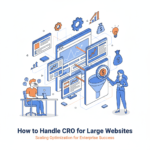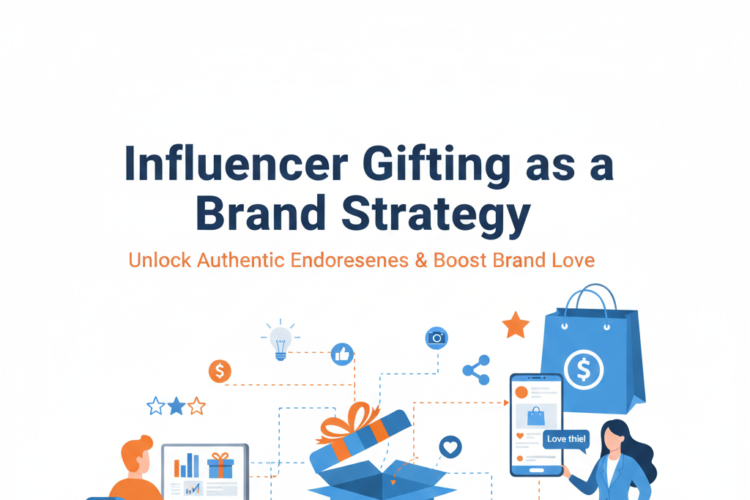
How DTC (Direct-to-Consumer) Brands Use Influencer Marketing Effectively
Introduction
Direct-to-Consumer (DTC) brands have disrupted traditional retail by selling directly to customers, bypassing intermediaries. With the rise of social media, influencer marketing has become a crucial strategy for DTC brands to build awareness, establish credibility, and drive sales. Unlike traditional advertising, influencer marketing allows brands to connect with highly engaged audiences in an authentic and personalized manner.
This guide explores how DTC brands effectively leverage influencer marketing, key strategies for success, and real-world case studies.
Why Influencer Marketing Works for DTC Brands
1. Authenticity and Trust
Consumers trust recommendations from influencers more than traditional ads.
Influencers create relatable content that resonates with niche audiences.
2. Social Proof and Brand Credibility
Seeing a product endorsed by a trusted influencer builds consumer confidence.
UGC (User-Generated Content) from influencers enhances brand reputation.
3. Higher Engagement and Conversion Rates
Influencers have highly engaged followers who value their recommendations.
Personalized promotions, such as discount codes and giveaways, drive conversions.
4. Cost-Effective Marketing
Compared to traditional advertising, influencer marketing can offer a higher ROI.
Micro and nano-influencers are affordable and often deliver strong engagement.
Key Strategies DTC Brands Use for Influencer Marketing
1. Identifying the Right Influencers
Use niche influencers with engaged followers rather than focusing solely on follower count.
Leverage tools like Upfluence, AspireIQ, and Traackr to find influencers aligned with brand values.
Evaluate engagement rates, content quality, and audience demographics.
2. Leveraging Different Types of Influencers
Nano-Influencers (1K-10K followers): Authentic and cost-effective.
Micro-Influencers (10K-100K followers): High engagement and strong niche authority.
Macro-Influencers (100K-1M followers): Broader reach and industry credibility.
Celebrity Influencers (1M+ followers): High exposure but expensive.
3. Creating Authentic and Engaging Content
Encourage influencers to create unboxing videos, tutorials, and testimonials.
Use storytelling to highlight product benefits and real-life use cases.
Avoid overly scripted content to maintain authenticity.
4. Utilizing Multiple Platforms
Instagram: Ideal for visually appealing content, stories, and reels.
TikTok: Engages younger audiences with short-form, viral content.
YouTube: Effective for in-depth product reviews and long-form storytelling.
Twitter and LinkedIn: Useful for industry influencers and thought leadership.
5. Running Influencer Campaigns with Performance Metrics
Track key KPIs such as engagement rate, reach, conversions, and ROI.
Provide influencers with unique tracking links or promo codes.
Use retargeting ads to convert engaged audiences who didn’t immediately purchase.
6. Building Long-Term Influencer Partnerships
Foster relationships rather than one-off collaborations.
Create ambassador programs where influencers become brand advocates.
Offer exclusive discounts, commissions, or affiliate marketing incentives.
Case Studies: Successful DTC Influencer Marketing Campaigns
Case Study 1: Glossier’s Community-Driven Strategy
Glossier built a loyal community by collaborating with everyday beauty enthusiasts.
Used micro-influencers and UGC to create organic buzz.
Result: A cult-like following and rapid brand growth.
Case Study 2: Gymshark’s Influencer Athlete Program
Partnered with fitness influencers to promote activewear.
Used long-term relationships and ambassador programs.
Result: $1.5B+ valuation and massive social media presence.
Case Study 3: Dollar Shave Club’s Viral Video Strategy
Combined influencer partnerships with humorous and relatable content.
Created shareable videos that resonated with target audiences.
Result: Acquired by Unilever for $1B.
Best Practices for DTC Influencer Marketing Success
1. Prioritize Authenticity Over Sales-Driven Content
Let influencers showcase their genuine experiences with your product.
Avoid overly promotional or pushy messaging.
2. Use Data to Optimize Performance
Analyze influencer impact and adjust strategies accordingly.
Continuously test different content types and platforms.
3. Foster Community Engagement
Encourage influencers to interact with their audience about your product.
Feature influencer content on your brand’s social media pages.
4. Offer Value Beyond Sponsorships
Provide influencers with exclusive insights, early access to products, and special incentives.
Build long-term relationships instead of transactional campaigns.
Conclusion
Influencer marketing is a powerful tool for DTC brands to establish trust, drive engagement, and boost sales. By collaborating with the right influencers, creating authentic content, and leveraging data-driven strategies, brands can maximize their impact in the digital space.
Implement these strategies to harness the full potential of influencer marketing for your DTC brand!
This guide provides an in-depth look at how DTC brands can leverage influencer marketing effectively. Let me know if you’d like any modifications or additional insights!
Author



